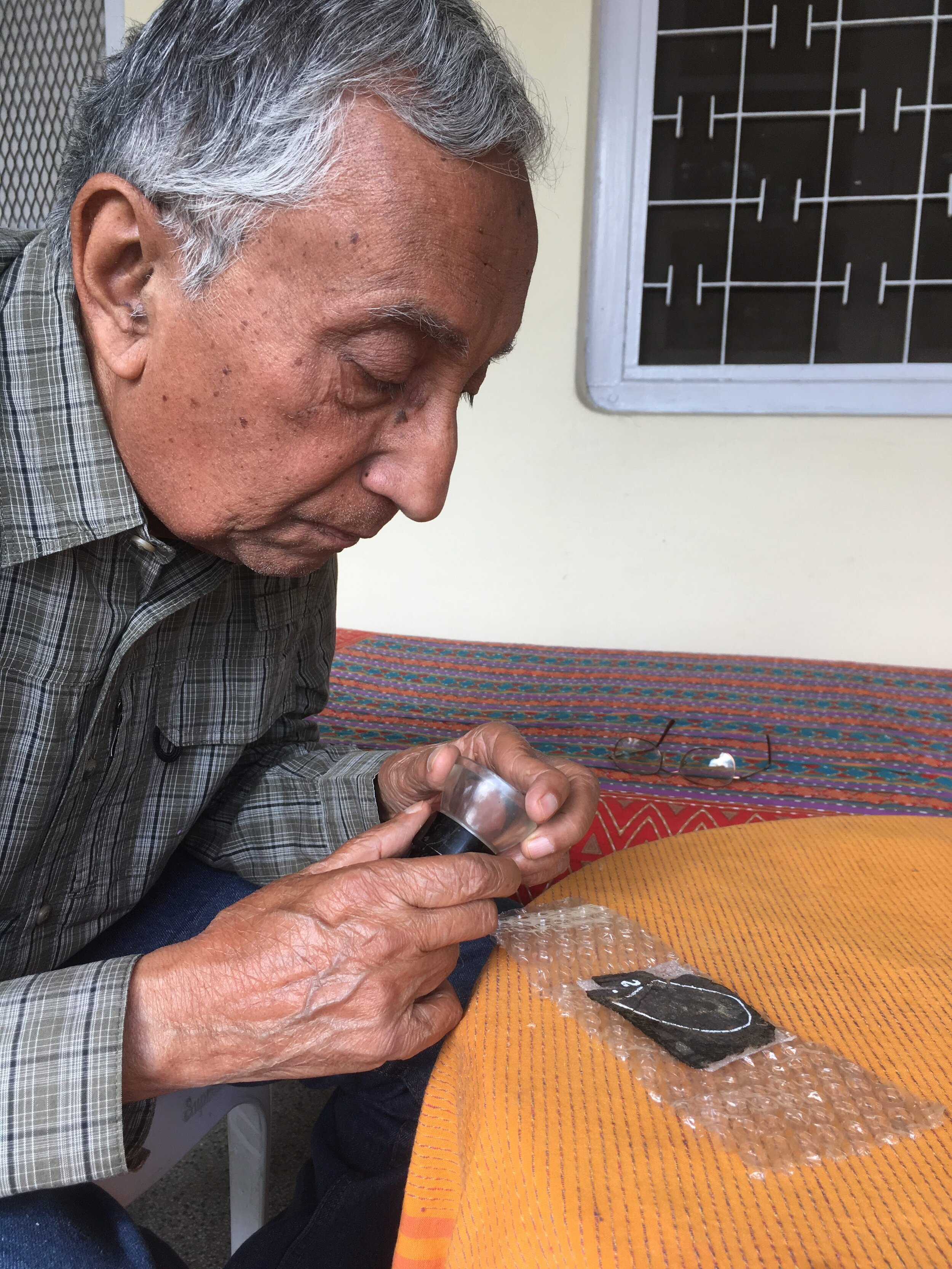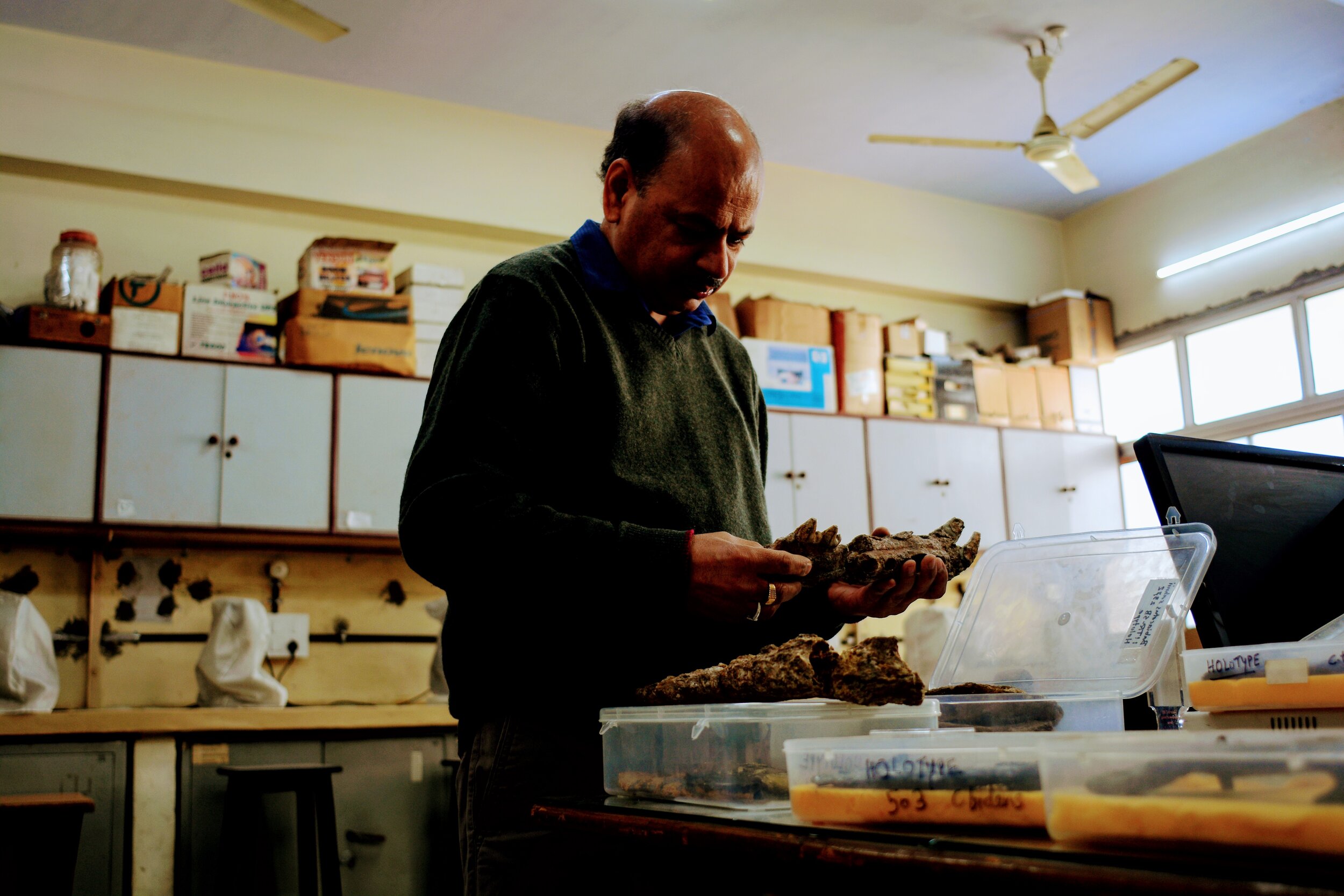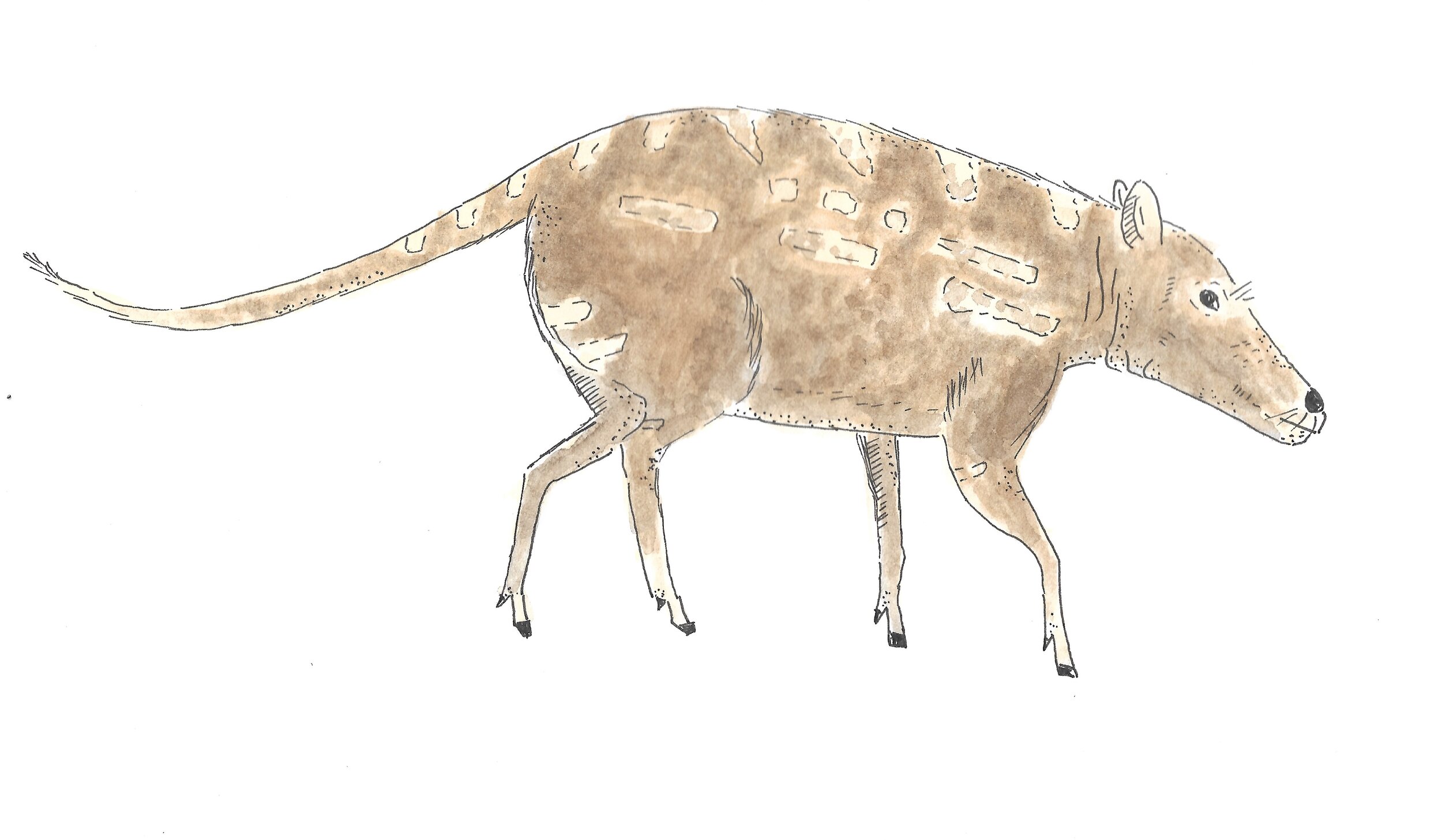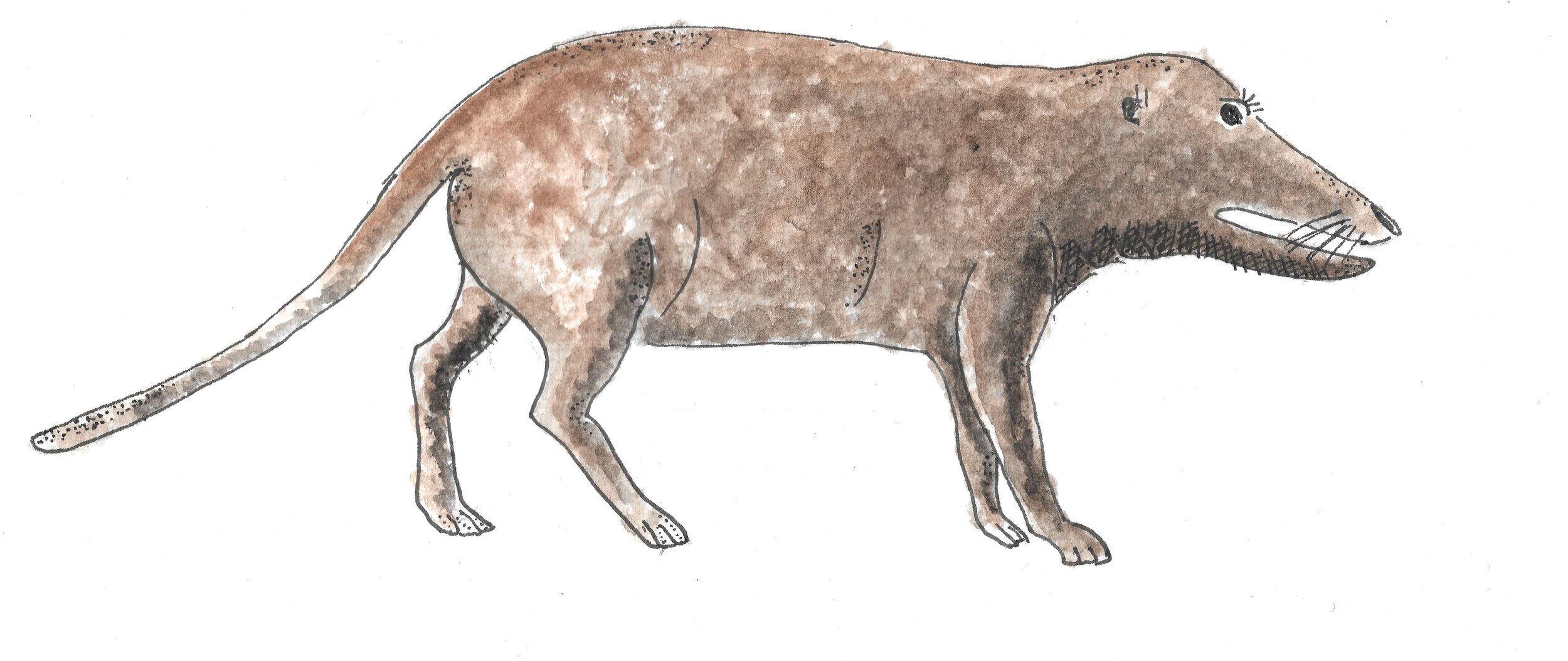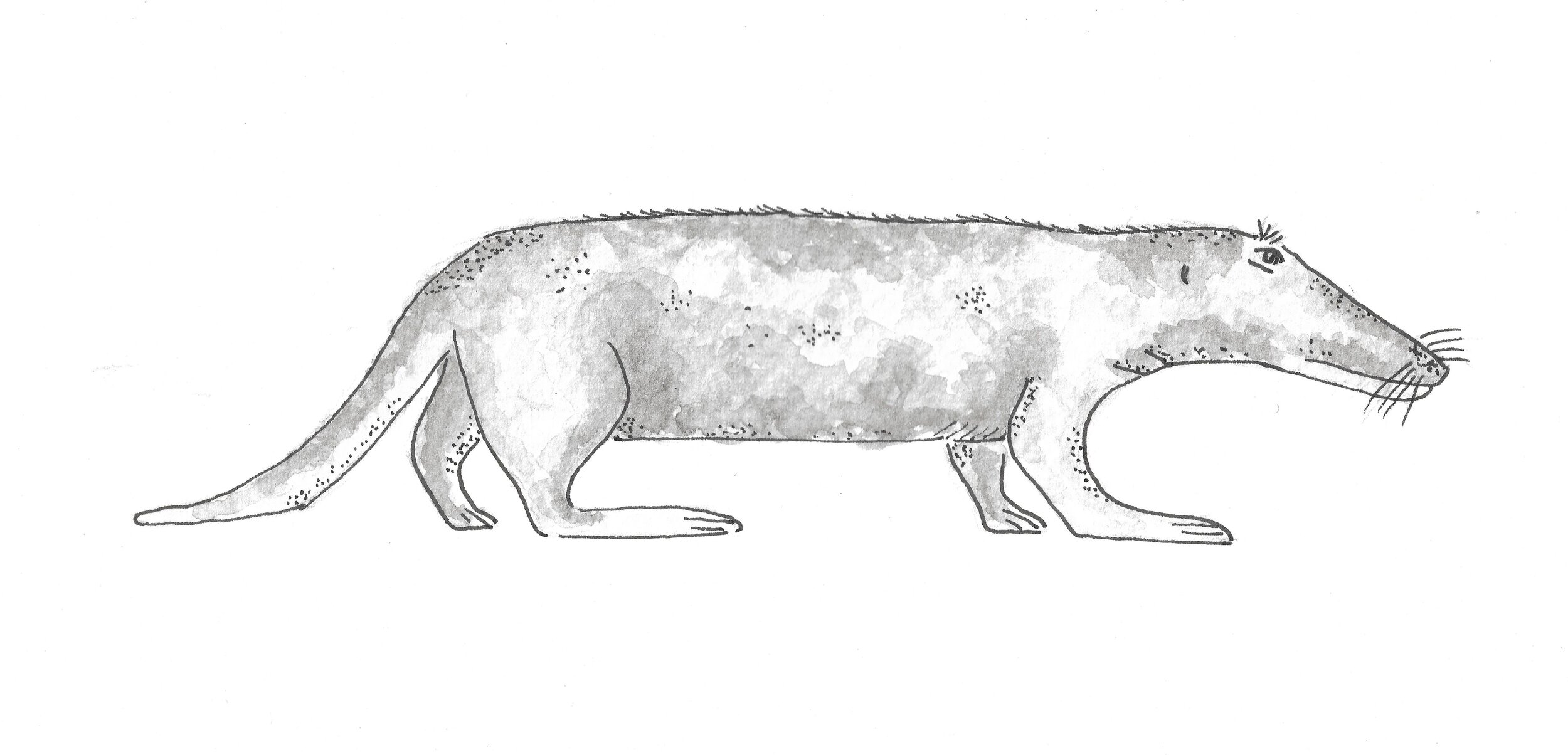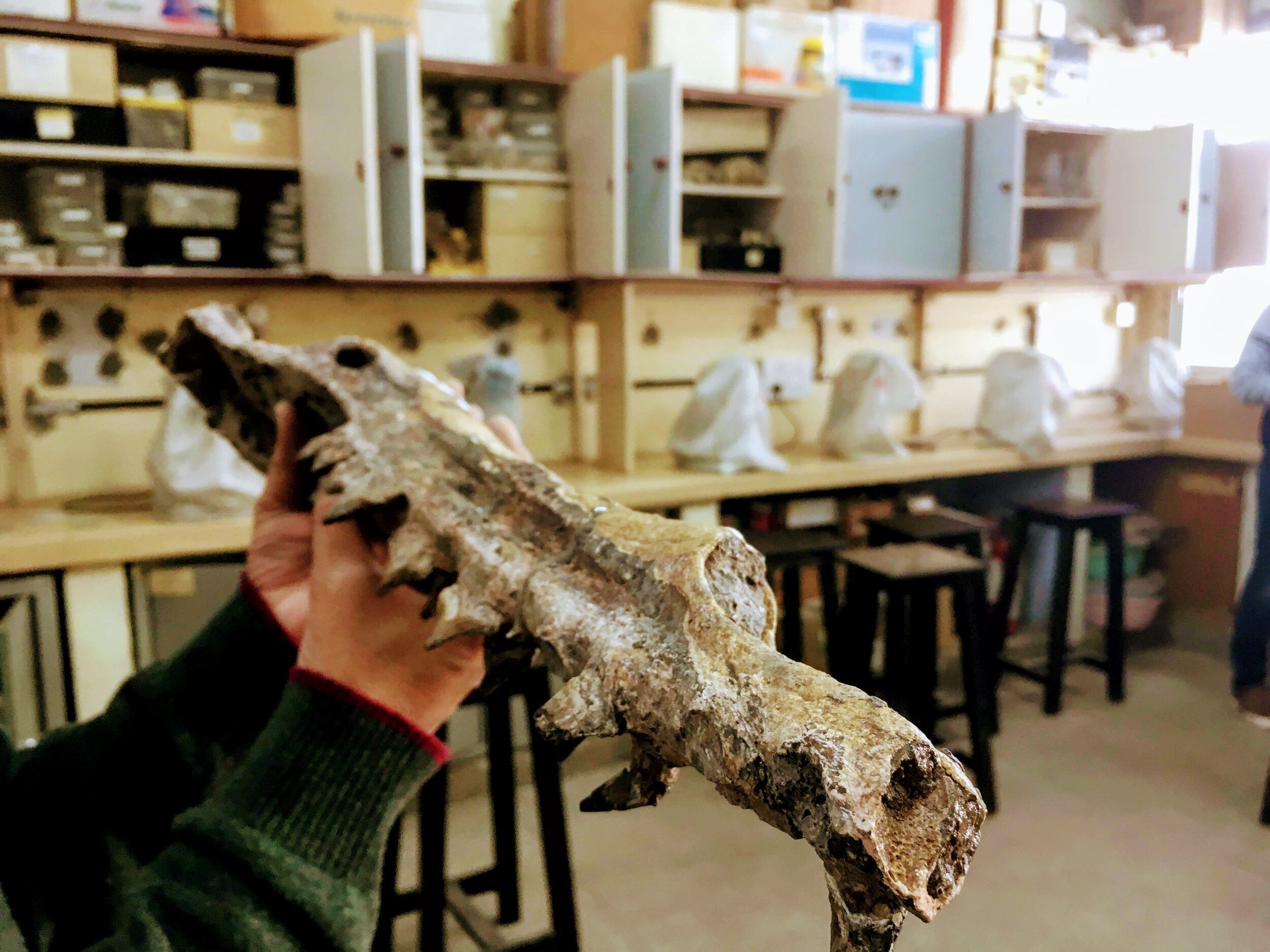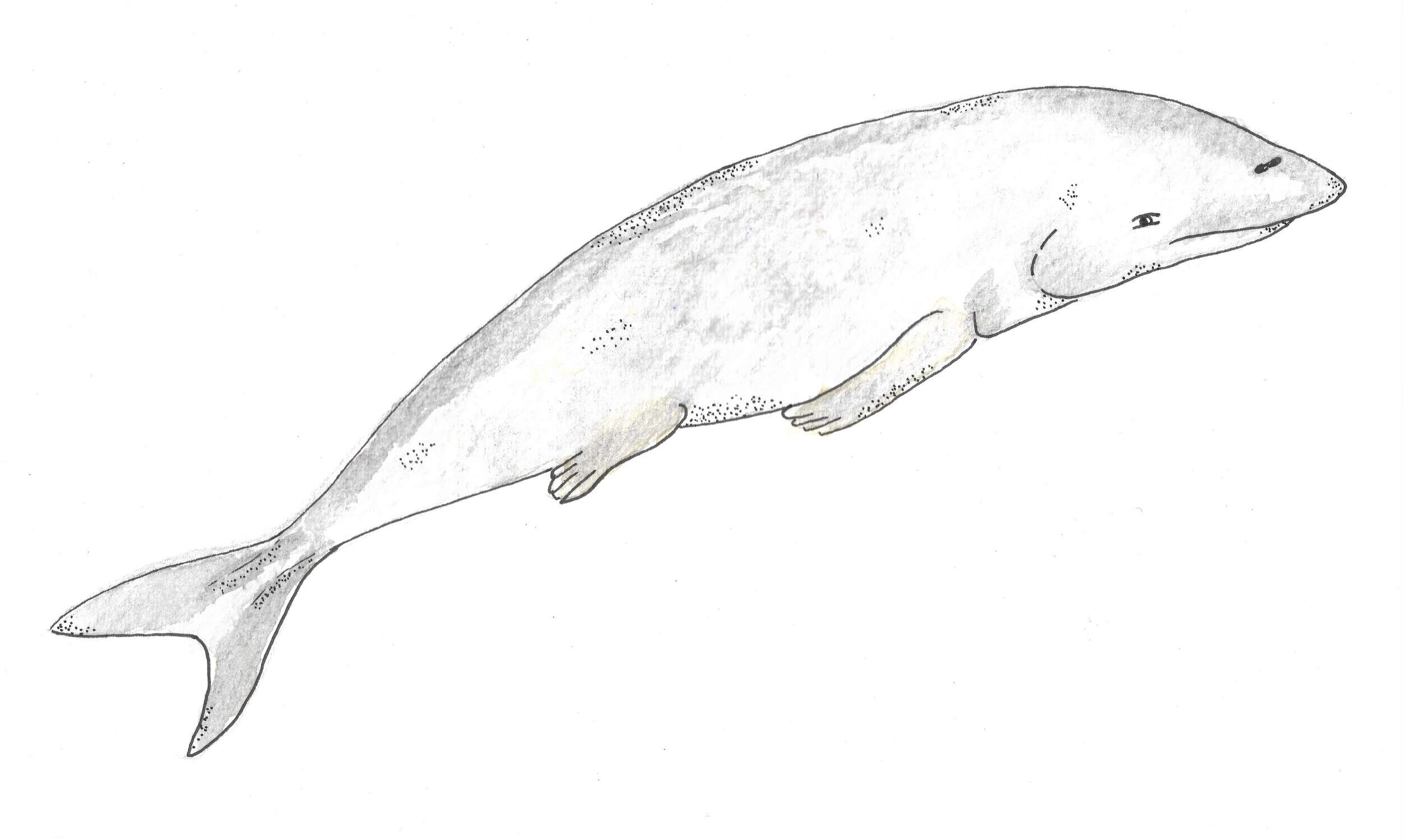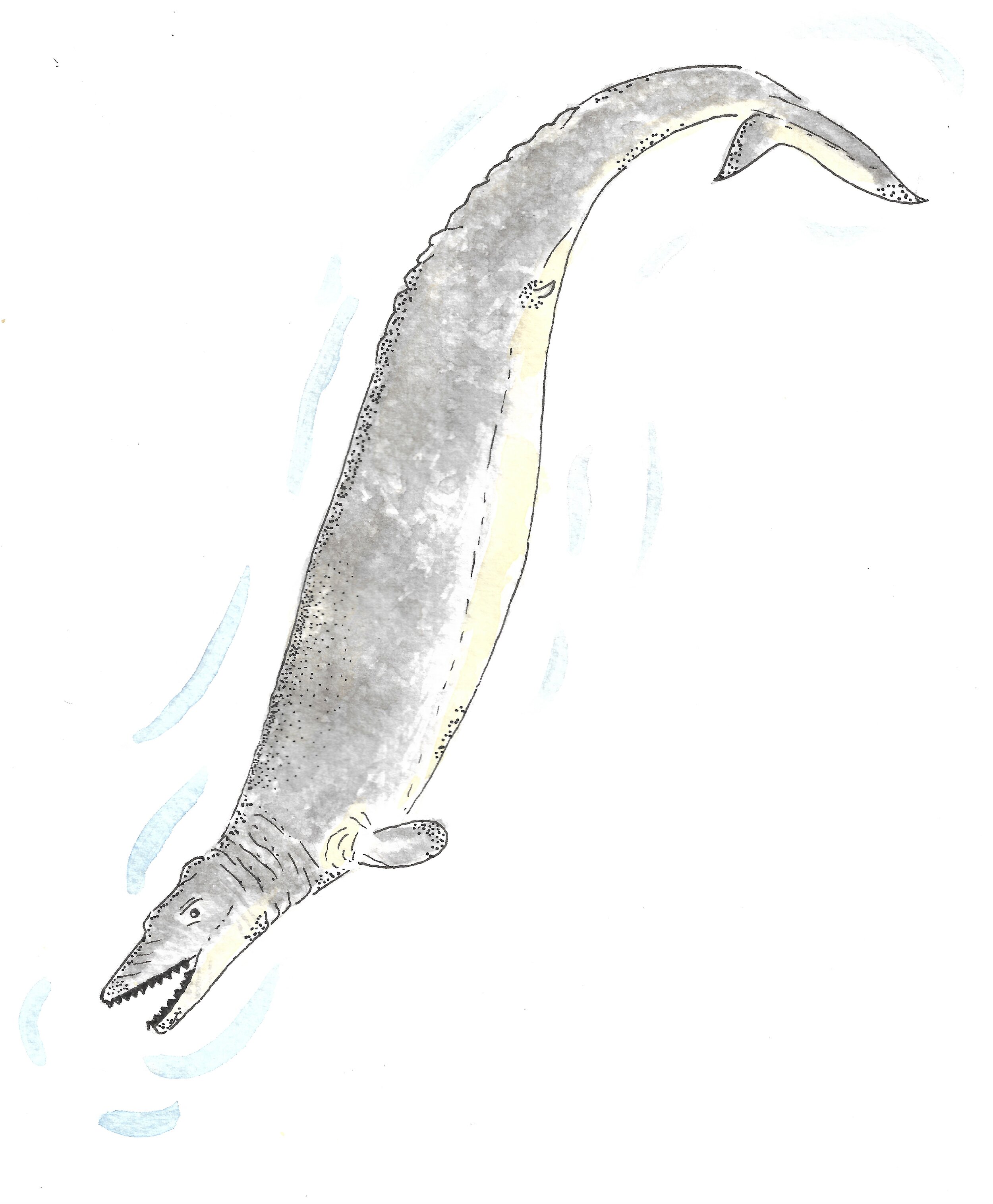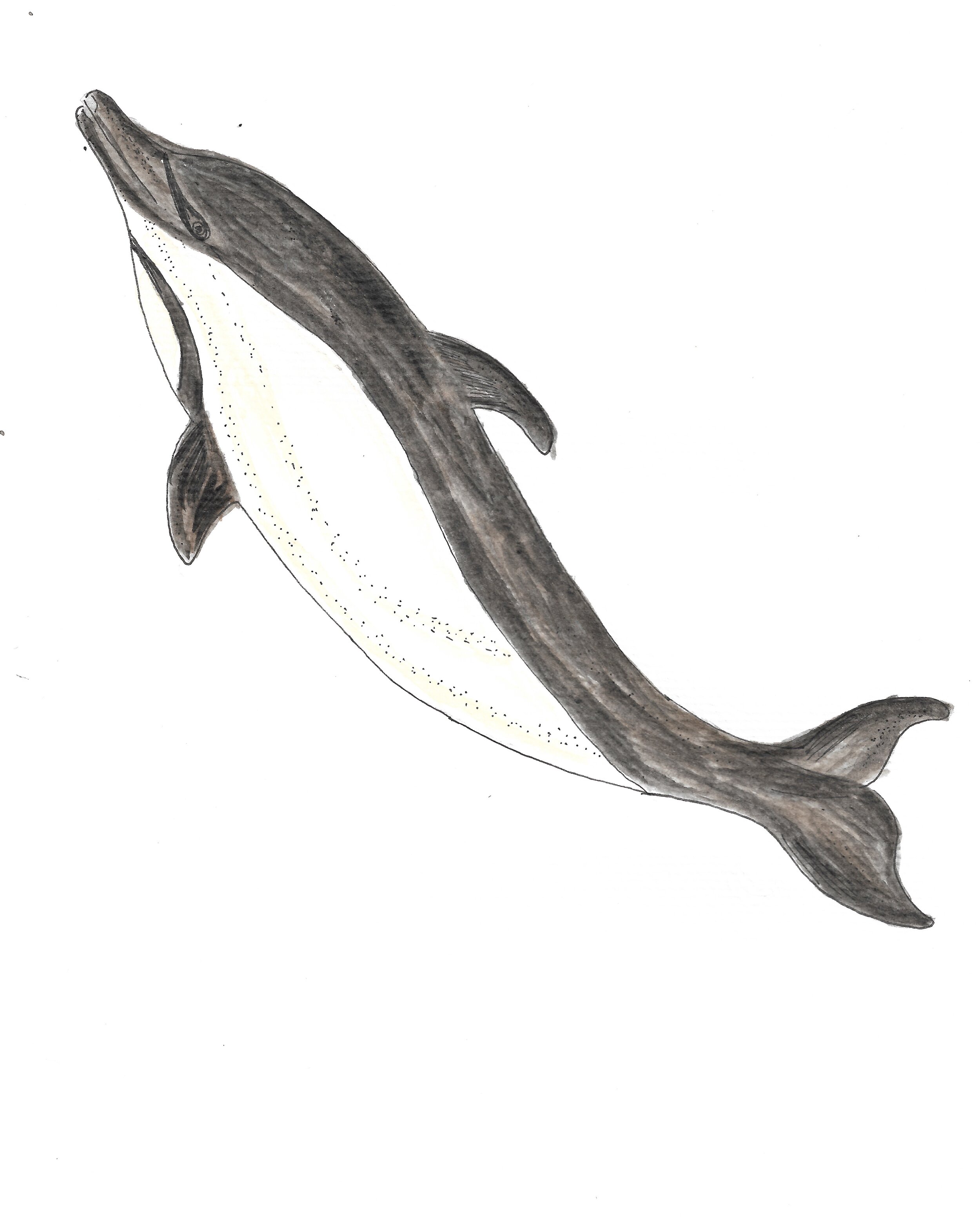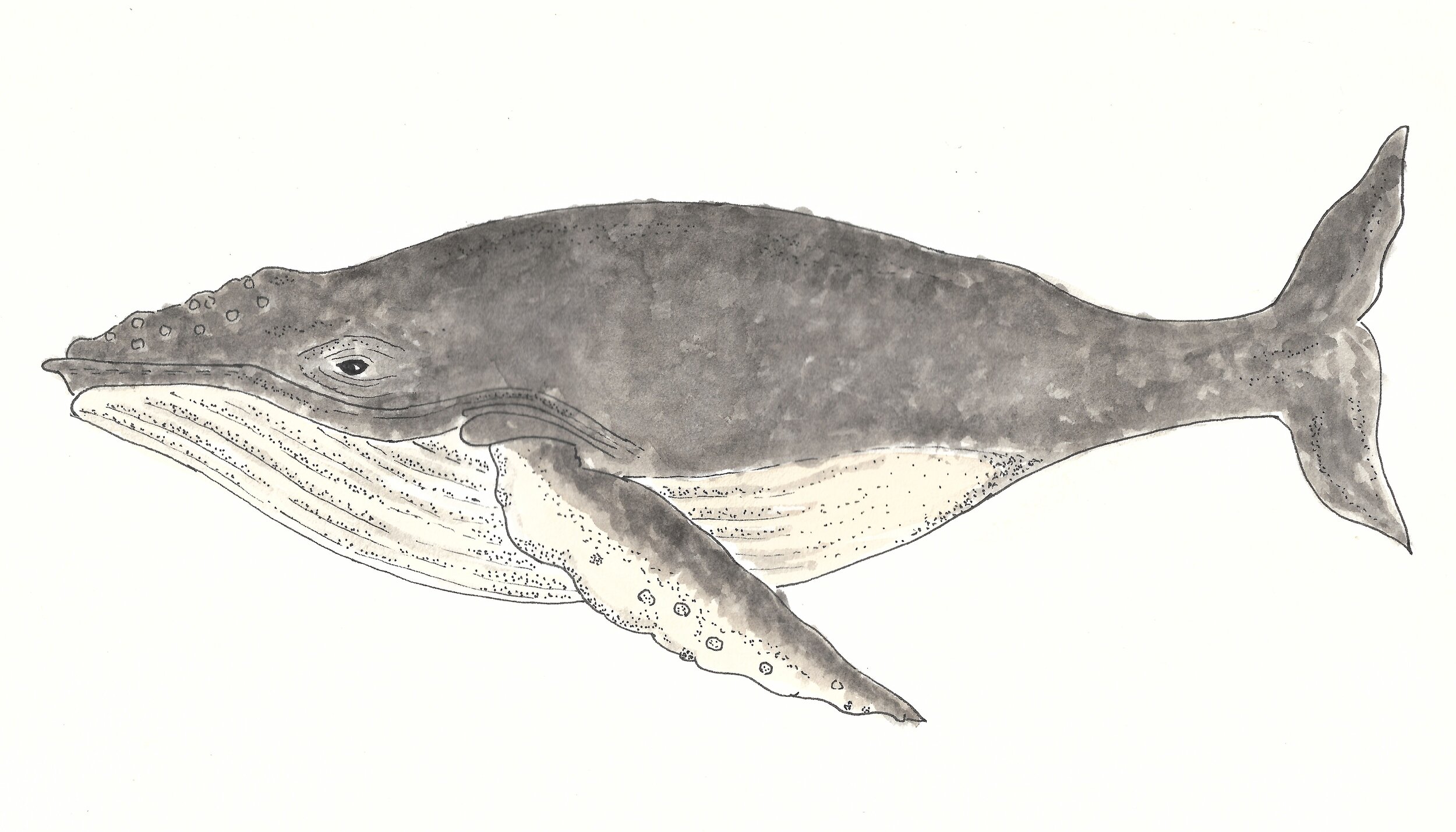The deer-like, dog-nosed, hoofed terrestrial mammal Indohyus existed more than 50 million years ago in the early Eocene, an epoch of wet and balmy weather. What did it evolve into?
My train lumbered into Lucknow, a cultural whirlpool in North India, famous for its silken kebabs, exquisite embroidery and soulful poetry.
But I was here for something even more compelling. My trip was stoked by half-a-century-old discoveries in India — finds that deemed the subcontinent as the ground zero of a fascinating mammalian evolution.
I was at the home of 78-year-old Ashok Sahni, the sensei of Indian palaeontology.
“This was in the 1970s,” said Ashok Sahni. “There had been reports that there were large skulls but nobody in India, in fact, had identified them. One of my students — he was a young guy then — went to Kutch and he came up with several fossils.”
Vijay Prakash Mishra is the student Ashok was talking about. He’s now in his sixties. But four decades ago at the age of 21, Vijay Prakash started scouring the desiccated Kutch region in western India.
This white, salt-crusted desert was once a shallow sea, rife with plankton and fish.
“So, naturally we expected marine vertebrates -- crocodiles,” said Vijay Prakash Mishra. “But we didn’t think we would find certain things that were not known from India.”

